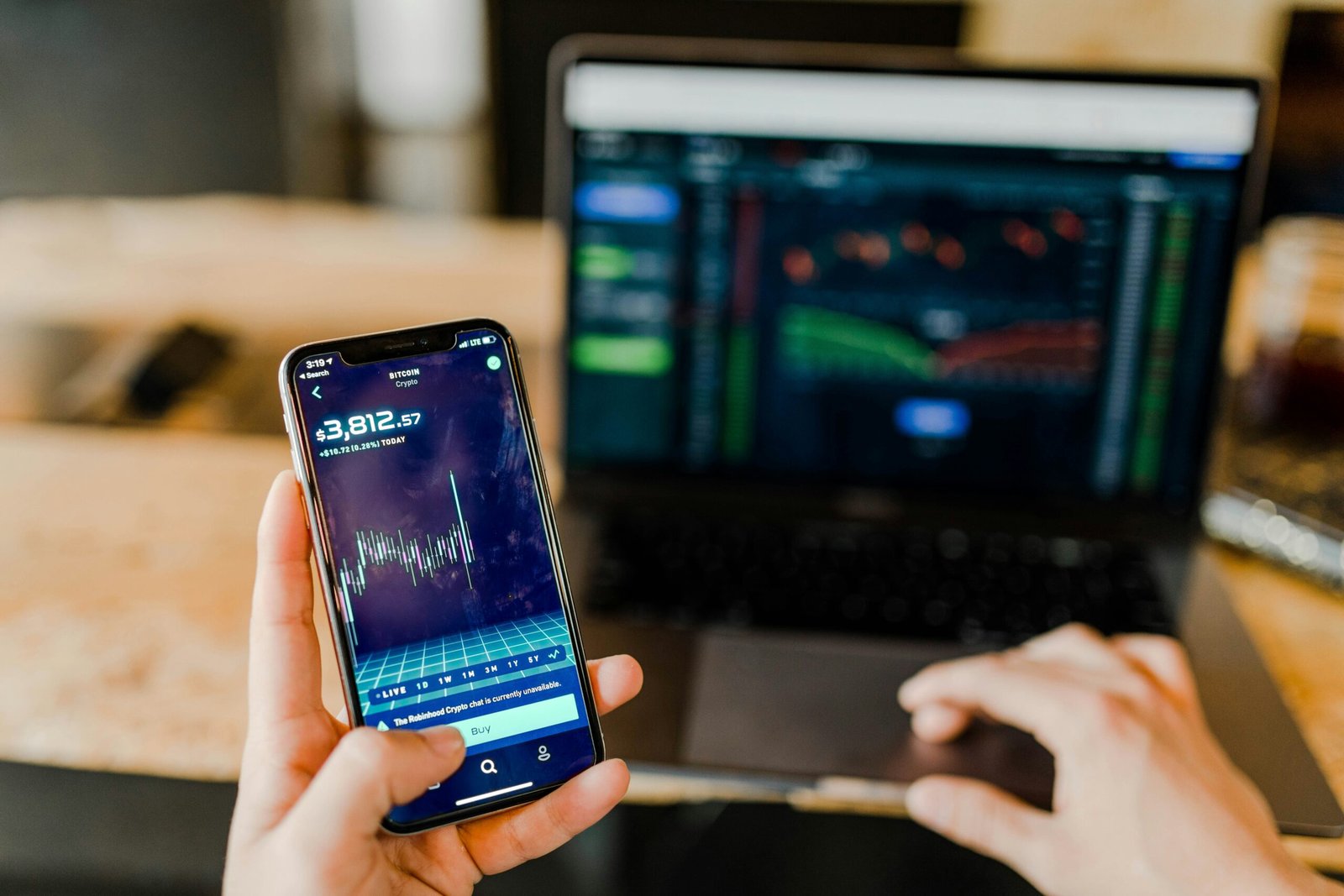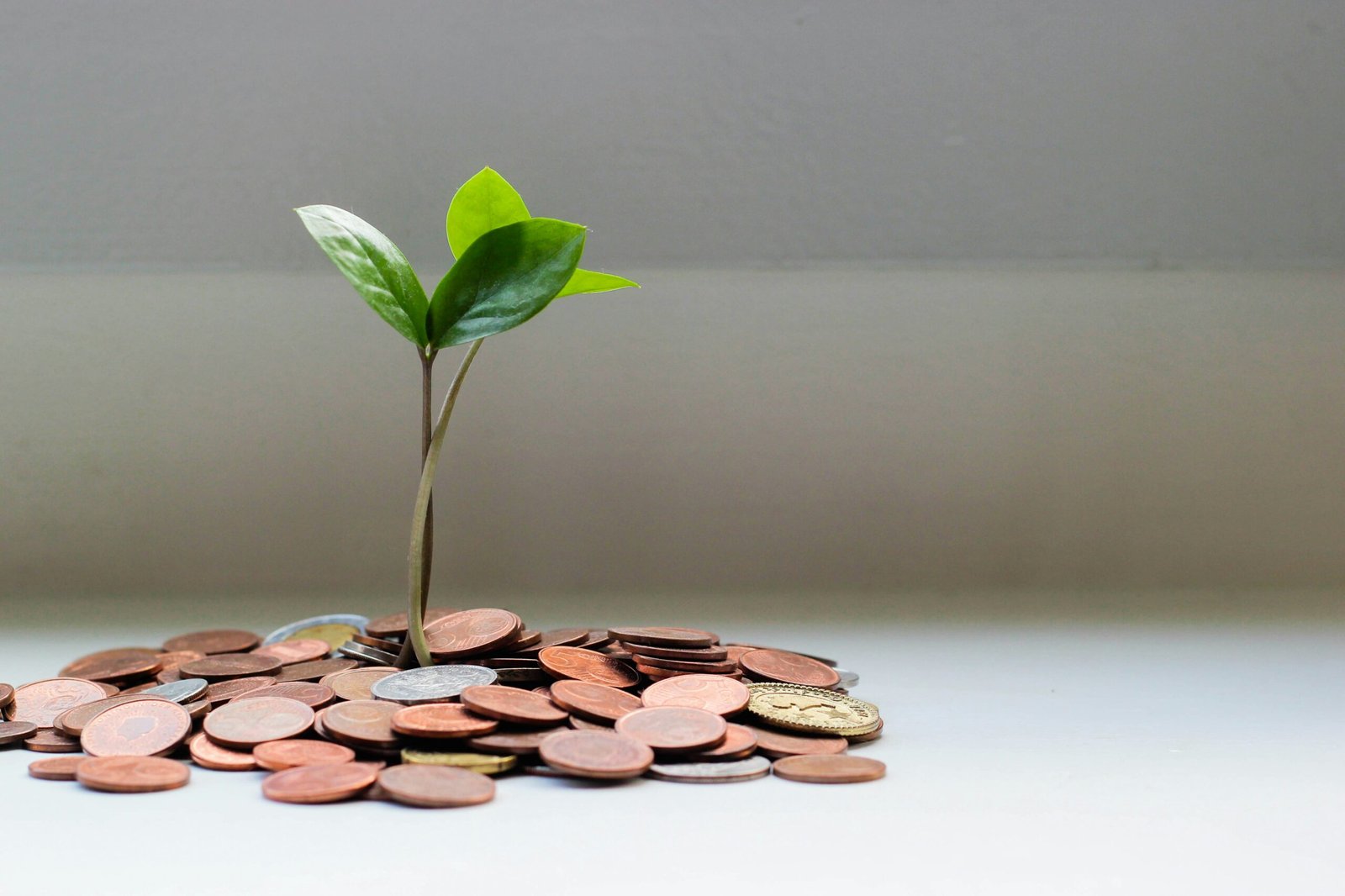Do you ever get to the end of the month, look at your bank account, and wonder, Where did all my money go? You’re not alone. According to a 2023 Debt.com survey, 65% of Americans don’t know how much they spent last month. But here’s the good news: tracking your expenses doesn’t have to be complicated or time-consuming. In fact, it can be the key to saving more, spending smarter, and finally taking control of your finances.
Take Sarah, a 28-year-old graphic designer. She used to struggle to save even 50amonth.Butaftertrackingherexpensesforjust30days,shediscoveredshewasspending400 a month on dining out. By cutting that in half, she saved $2,400 in a year—enough for a dream vacation.
In this guide, we’ll walk you through how to track your expenses and save more using simple, actionable steps. You’ll learn practical tips, hear real-life stories, and discover expert advice to help you take control of your money. Let’s dive in!
1. Why Tracking Your Expenses Matters
The Power of Awareness
Tracking your expenses is like turning on a light in a dark room. It shows you exactly where your money is going, so you can make informed decisions about how to spend and save.
Benefits of Tracking
- Identify Spending Patterns: Spot areas where you’re overspending.
- Reach Financial Goals: Save for a house, pay off debt, or build an emergency fund.
- Reduce Stress: Eliminate the fear of overspending or running out of money.
Research-Backed Data
A 2022 study by the National Endowment for Financial Education found that people who track their expenses are 2x more likely to achieve their financial goals.
Real-Life Example
John, a 29-year-old engineer, discovered he was spending 300/monthonunusedsubscriptions.Cancelingthemfreedup3,600 annually for investments.
2. How to Track Your Expenses: 3 Simple Methods
Method 1: Use Budgeting Apps
- Top Apps: Mint, YNAB (You Need A Budget), PocketGuard.
- How It Works: Link your bank accounts, and the app automatically categorizes your spending.
- Best For: Tech-savvy users who want hands-off tracking.
Method 2: Spreadsheets
- How It Works: Create a simple spreadsheet to log your income and expenses.
- Best For: Those who prefer a customizable, hands-on approach.
Method 3: Pen and Paper
- How It Works: Carry a small notebook and jot down every purchase.
- Best For: Minimalists who want a tangible record.
Real-Life Example
Emily, a freelance writer, uses a spreadsheet to track her expenses. “It’s simple, but it works,” she says.
3. Categorize Your Spending
Why Categorizing Matters
Categorizing your expenses helps you see where your money is going and identify areas to cut back.
Common Categories
- Needs: Rent, utilities, groceries, transportation.
- Wants: Dining out, entertainment, hobbies.
- Savings/Debt: Emergency fund, retirement, debt payments.
Real-Life Example
Mike, a 35-year-old teacher, realized he was spending 200/monthoncoffeeshops.Bycuttingback,hesaved2,400 in a year.
4. Set Spending Limits
Why Limits Work
Setting limits ensures you don’t overspend in any category.
How to Do It
- Review Your Budget: Allocate a specific amount to each category.
- Track Daily: Use apps or spreadsheets to monitor your spending.
- Adjust as Needed: If you overspend in one category, cut back in another.
Real-Life Example
Sarah, a 28-year-old graphic designer, set a 100/monthlimitfordiningout.Shenowsaves1,200 annually.
5. Analyze Your Spending Habits
Why Analysis Matters
Analyzing your spending helps you identify patterns and make smarter financial decisions.
How to Do It
- Review Monthly: Look for trends (e.g., overspending on weekends).
- Identify Problem Areas: Cut back on non-essentials.
- Celebrate Wins: Acknowledge progress toward your goals.
Real-Life Example
John, a 29-year-old engineer, discovered he was spending $150/month on impulse buys. By waiting 24 hours before purchasing, he cut that in half.
6. Automate Your Savings
Why Automation Works
Automating your savings ensures you save consistently without relying on willpower.
How to Do It
- Set Up Transfers: Arrange for a portion of your paycheck to go directly into savings.
- Use Apps: Tools like Digit or Qapital save small amounts based on your spending.
- Round Up Purchases: Some banks round up transactions and deposit the difference into savings.
Research-Backed Data
A Consumer Financial Protection Bureau study found that people who automate savings are 3x more likely to reach their financial goals.
Real-Life Example
Emily, a freelance writer, automated 200/monthintoahigh−yieldsavingsaccount.Intwoyears,shesaved5,000 for a down payment on a car.
7. Adjust Your Budget Regularly
Why Flexibility Matters
Life changes—unexpected expenses, income fluctuations, or new goals. Regularly reviewing your budget ensures it stays aligned with your needs.
How to Do It
- Monthly Check-Ins: Compare actual spending to your budget.
- Adjust Categories: Shift funds if you overspend in one area.
- Celebrate Wins: Acknowledge progress toward your goals.
Real-Life Example
After a promotion, Mark increased his retirement contributions and adjusted his budget to include a new gym membership.
Conclusion: Your Financial Clarity Awaits
Tracking your expenses isn’t just about numbers—it’s about taking control of your financial future. By understanding where your money goes, setting spending limits, and automating savings, you can save more, spend smarter, and achieve your goals faster.
Take inspiration from Sarah, who went from financial stress to financial freedom by tracking her expenses. Your journey starts today. Ready to take the first step?
FAQs
Q: How much should I save each month?
A: Aim for 20% of your income, but start with whatever is manageable.
Q: What if my expenses exceed my income?
A: Look for areas to cut back (e.g., dining out, subscriptions) or explore ways to increase income (e.g., side hustles).
Q: How do I stick to my budget?
A: Use apps, set reminders, and review your progress regularly. Celebrate small wins to stay motivated.
Q: Can I budget with irregular income?
A: Yes! Base your budget on your lowest expected income and adjust as needed.




